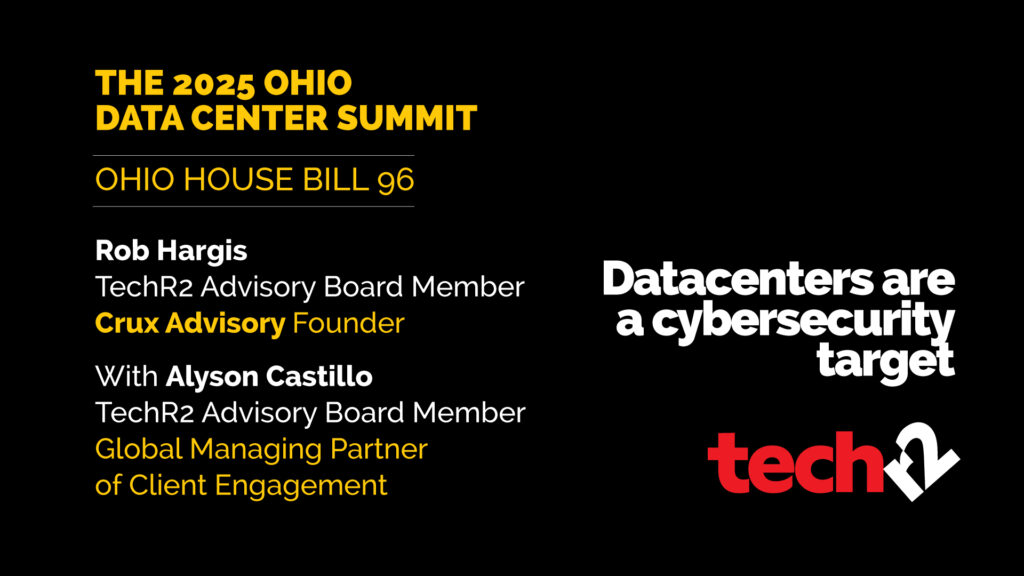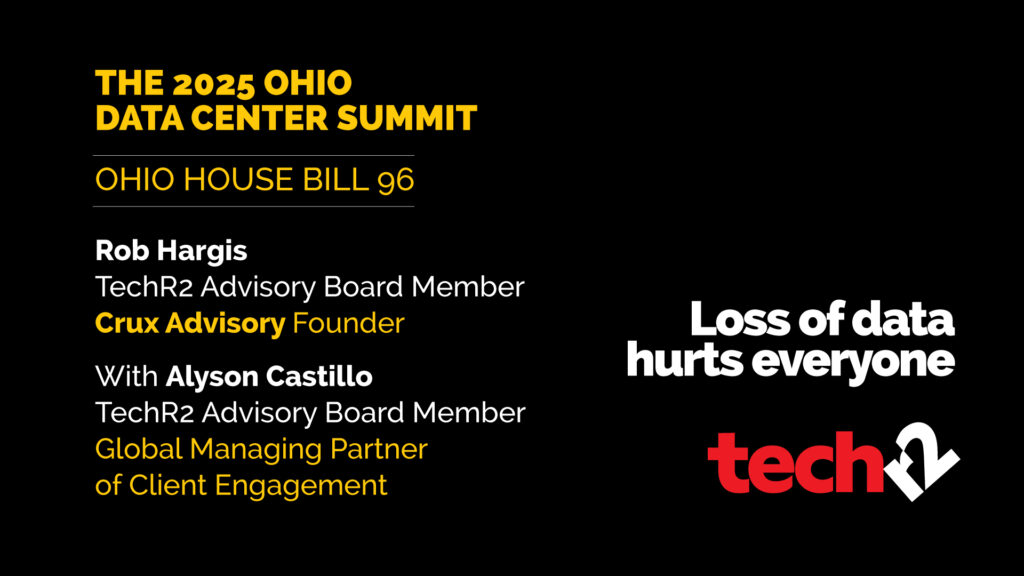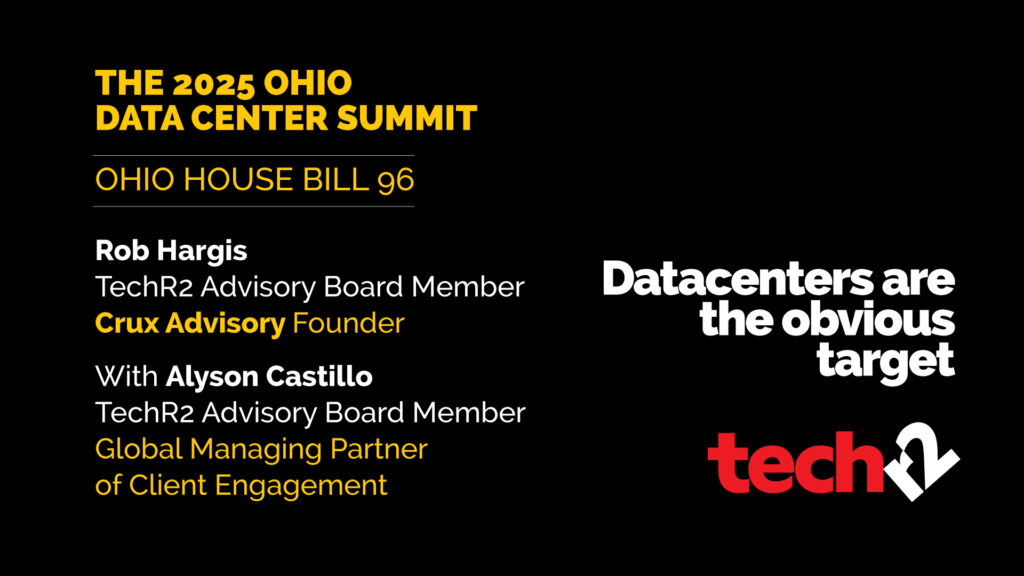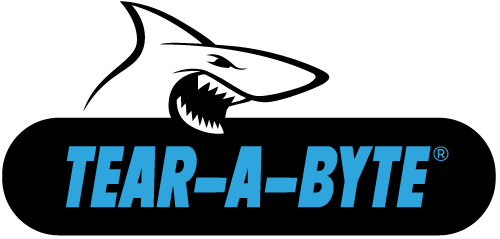The data on the failed of decommissioned data bearing devices and systems is very accessible to any insider threat. In the Zero Trust Security Model (ZTSM), organizations learn to create system polices that have multi-layered and monitored approaches. When you do, you have the TechR2 Tear-A-Byte® and Tear-A-Vault® systems. The only ZTSM system in the EoL industry.
[/vc_column_text][/vc_column][/vc_row][vc_row type=”grid” video_bg=””][vc_column dp_animation=””][vc_separator][/vc_column][/vc_row][vc_row type=”grid” video_bg=””][vc_column width=”1/2″ dp_animation=””][vc_widget_sidebar sidebar_id=”posts-footer-block-left”][/vc_column][vc_column width=”1/2″ dp_animation=””][vc_widget_sidebar sidebar_id=”posts-footer-block-right”][/vc_column][/vc_row]









